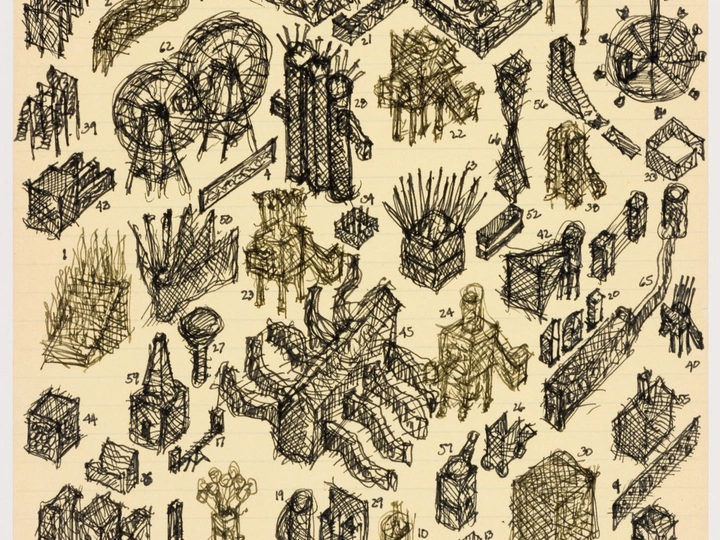The Other Architecture - A Tool for Social Change

Andreea Snejana Simici is an architect and assistant at the Faculty of Architecture, Politehnica University of Timișoara, where she has been teaching since 2010. Currently pursuing a PhD in sociology at the West University of Timișoara, her research focuses on cultural heritage, participatory action-research, and the communicative potential of space. Her interdisciplinary approach is rooted in practice-based thinking and explores Play as a means of fostering social inclusion, dialogue, and conflict resolution.
Her involvement in the Timișoara – European Capital of Culture 2023 program includes participation in the DARE / ÎNDRĂZNEȘTE – See You Where We Want! project (organized by OAR Timiș) and the Science & Wine conference, in collaboration with Campus Creativ-UPT. With over 15 years of professional experience, Andreea has collaborated with renowned architecture studios in Timișoara, including D Proiect and Andreescu & Gaivoronschi. During her master's studies, she completed an international internship at The Royal Danish Academy of Fine Arts – School of Architecture in Copenhagen (2008–2009).
She coordinated the “Heritage of Timișoara – Architects” workshop (2021) and was a jury member for the “Memories of the Fortress – History, Identity, and Spirit of Timișoara” competition (2020). Her design work has been recognized through nominations at the Romanian National Biennale of Architecture and the Timișoara Annual Architecture Awards (2011), and Romanian Design Week (2012), notably for the interior of Atelier Café, featured in Arhitectura Magazine (2013) and Arhitext (2018).
Beyond architecture, she is drawn to craft and hands-on learning, having attended HoD Artisan School in Budapest (2014, 2016), where she designed and manufactured footwear. A photography enthusiast, her candid image from the Gărâna Jazz Festival was featured on the cover of JazzyBIT’s 2023 album Drive.
This study explores how temporary architecture can foster social attachment and community cohesion by bridging symbolic communication and participatory urban practices. It argues that physical proximity alone does not guarantee belonging; rather, architecture becomes meaningful when co-designed and experienced within an empathetic, participatory framework. Temporary architecture serves as a catalyst for trust, dialogue, and collective identity, particularly in communities affected by marginalization, conflict, or displacement. The research adopts a critical action-research framework that actively involves participants in shaping their spatial environments, generating both practical interventions and situated knowledge. It builds on Émile Durkheim’s concept of social integration, which emphasizes the importance of shared values and collective bonds. Without such integration, the cultural and emotional fabric of society deteriorates. In response, this study posits that community-oriented spatial practices can play both preventive and therapeutic roles in reconstructing social cohesion. Rooted in the pragmatist tradition of the Chicago School of Sociology, this approach aligns participatory design with broader sociological frameworks. The work of architect John Hejduk, particularly his notion of Architectural Ethos and his metaphorical “masques,” offers a key reference. These anthropomorphic structures aimed to evoke memory, imagination, and emotional engagement in public space, highlighting the communicative and symbolic power of architecture. Thus, The Other Architecture becomes a symbol of “the other”-the marginalized or excluded within public discourse and space. It proposes an alternative design practice and also a framework for recognition, inclusion, and collective meaning-making. The concept of Multidimensional Significance of Space underpins this investigation and supports the development of both qualitative and quantitative research hypotheses.